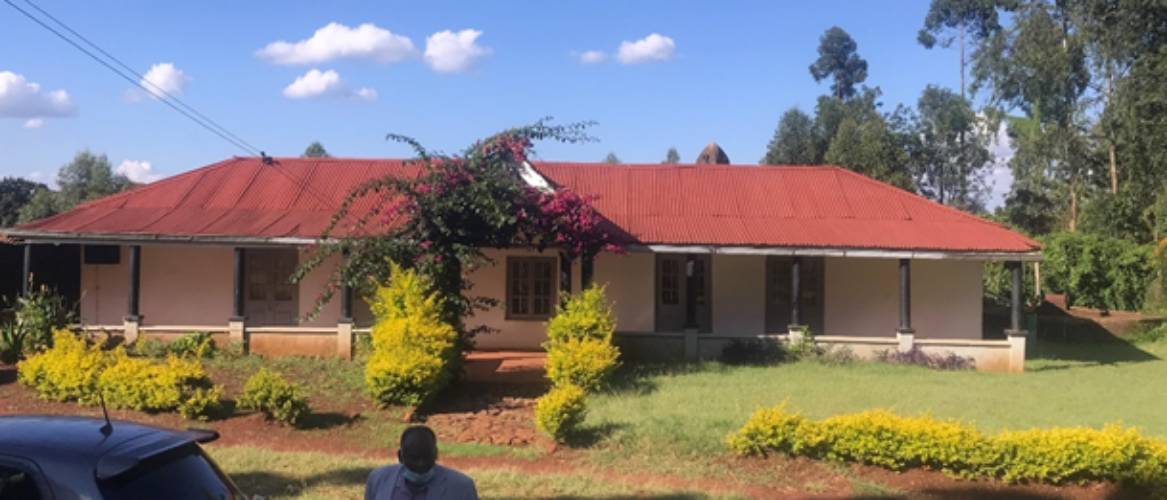×
The Standard e-Paper
Kenya’s Boldest Voice

Fort Smith in Upper Kabete near Nairobi. Mr. Titus Njonjo is in the foreground. (PHOTO: XN Iraki)
“This was the court house,” Titus Njonjo said as he showed me the small hut adjoining the big house, Fort Smith. Njonjo is one of Kenya’s pioneer indigenous golfers and once managed the University of Nairobi farm in Upper Kabete.